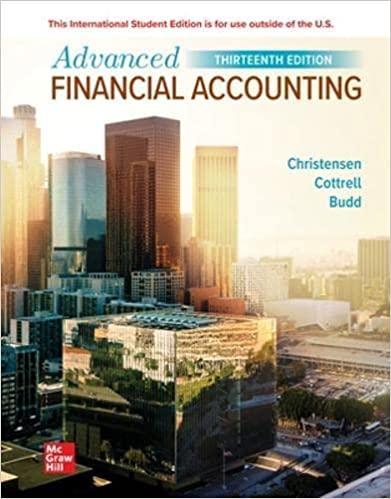Question
Q25. What is the future value (maturity value) of $15,000, 5%, 4-years note under (a) Simple Interest Method, and (b) Compound Interest Method (annually)? Provide
Q25. What is the future value (maturity value) of $15,000, 5%, 4-years note under (a) Simple Interest Method, and (b) Compound Interest Method (annually)? Provide your answer in the space provided in the below.
Q26. Gina's VISA balance is $875.21. She may pay it off in 10 equal end-of-month payments of $100 each. What interest rate is Gina paying?
Q27. What is the amount deposit that Bob must make at the beginning of each year for 10 years in order to accumulate a fund of $120,000 by the end of the tenth year, if the fund earns 6% interest, compounded annually?
Q28. How much Diane has to set aside at the end of every year for the next 6 years in order to pay a debt of $34,000 after 6 years. Diane can earn 6% per year compounded annually.
Q29. If you are a banker, which interest method would you want to apply for granting a loan? Choose one.
A) Simple Interest Method B) Compound Interest Method
Q30. Lisas salary as of Jan. 2, 2015 is $28,000. Her retirement will be starting on Jan. 1, 2020. She is expecting a year-end salary increase of 4% per year effective the Jan. 1st of each of the working year until the start of her retirement. When she retires, her annual retirement benefit is going to be 65% of her last salary.
Compute (a) her last salary before retirement; and (b) her annual retirement salary and place your answer in the space provided.
Step by Step Solution
There are 3 Steps involved in it
Step: 1

Get Instant Access to Expert-Tailored Solutions
See step-by-step solutions with expert insights and AI powered tools for academic success
Step: 2

Step: 3

Ace Your Homework with AI
Get the answers you need in no time with our AI-driven, step-by-step assistance
Get Started


